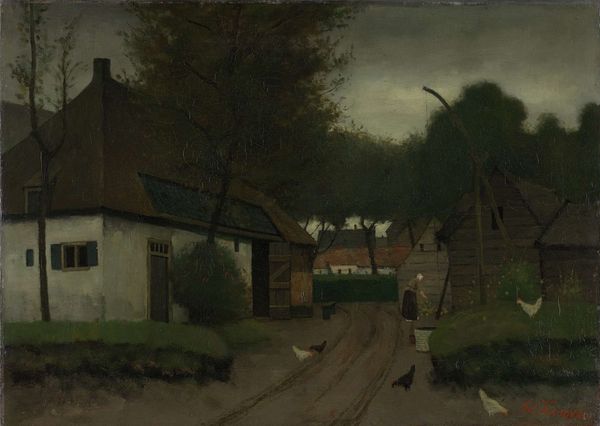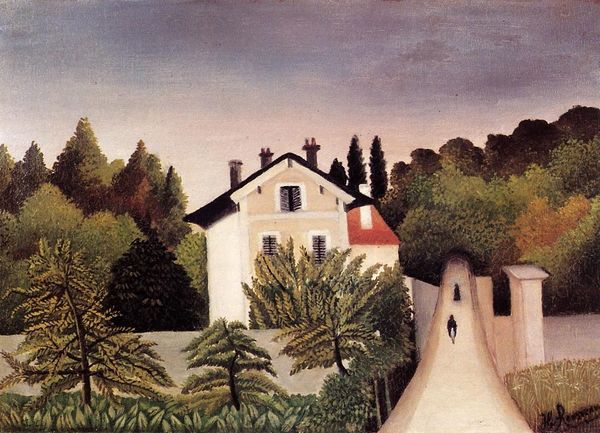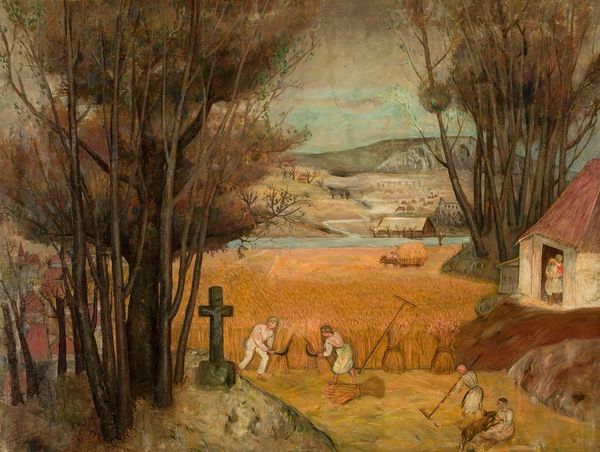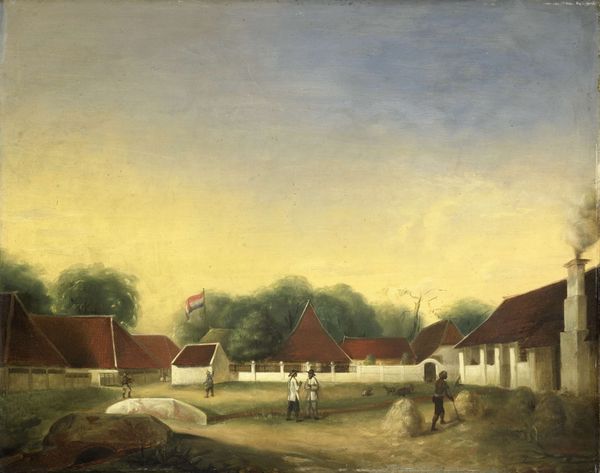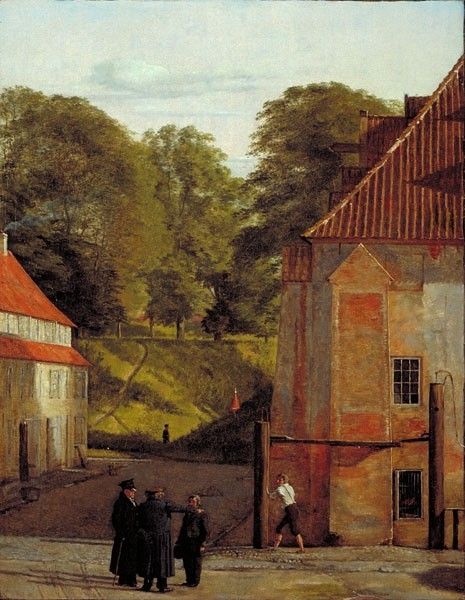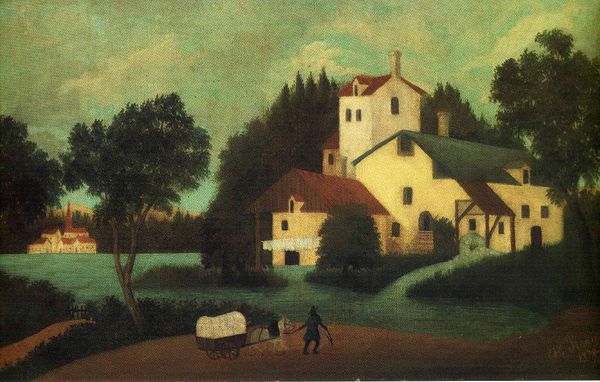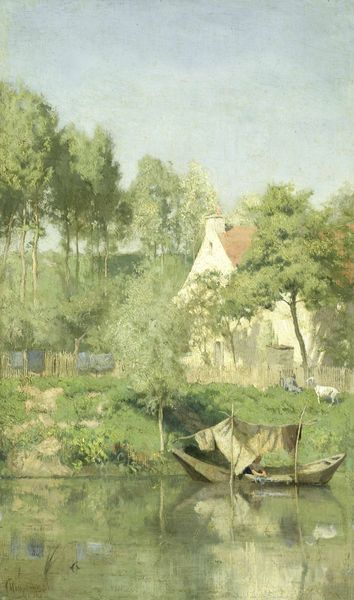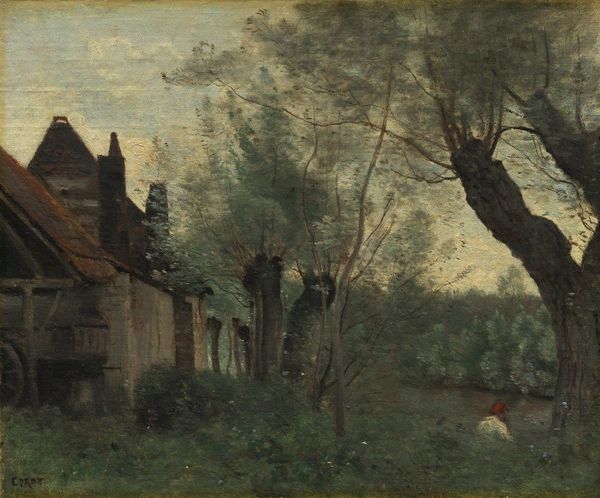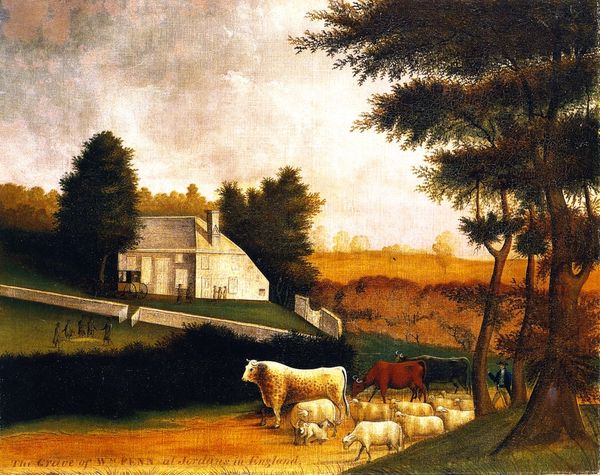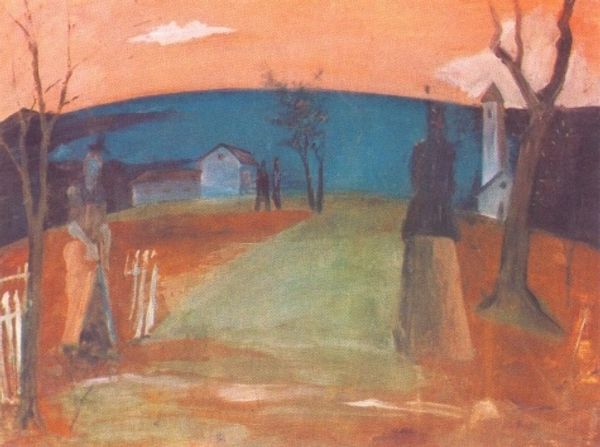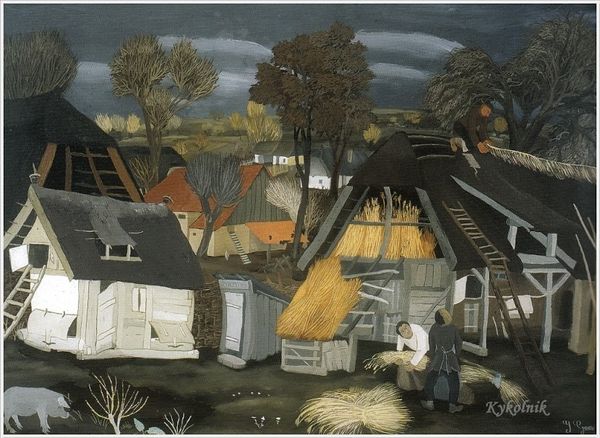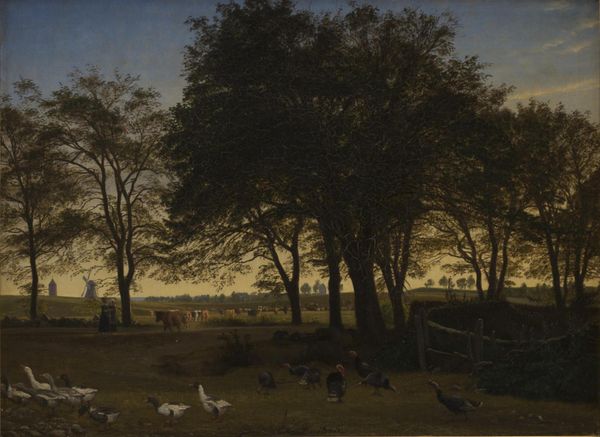
Copyright: Public domain
Henri Rousseau painted this scene of a domestic idyll, titled "The Poultry Yard," with oil on canvas. The humble fowl, specifically the white fowl, have fluttered through art history, morphing in symbolic weight across cultures. In ancient Rome, white geese were sacred to Juno, the protector of the state, and their vigilance famously saved Rome from the Gauls. The goose's watchful nature made it a symbol of guardianship. Yet, observe how the geese in Rousseau’s painting, rather than standing guard, seem to wander aimlessly. Has the symbol lost its potency, or has it transformed? Perhaps Rousseau, working in a rapidly modernizing Paris, subconsciously yearned for a simpler, pastoral life. This interpretation aligns with the psychoanalytic notion of the return of the repressed. This collective memory of pastoral innocence and the desire for simplicity are powerful forces engaging viewers on a subconscious level, and resurfaces here, evolved, and imbued with the specific longings of its time.
Comments
No comments
Be the first to comment and join the conversation on the ultimate creative platform.
